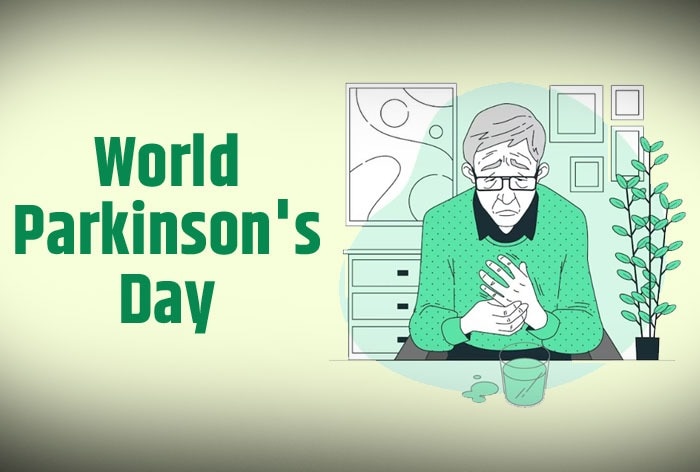World Parkinson’s Day 2023: Although it is a very common occurrence in older people, over the age of 60, there are certain signs that can identify the early onset of this brain disorder.
World Parkinson’s Day: Parkinson’s is a term we’ve heard many times, but how well do we understand it, or know about it, as we know about numerous other prevalent disorders. I’m not sure? It’s time to dig a little deeper. Every year, April 11 is celebrated as World Parkinson’s Day. It is about raising awareness about this neurodegenerative disorder that even communication and regular lifestyle pose a challenge for those who suffer from it.
Digging into the history a bit here, World Parkinson’s Day also marks the birth anniversary of Dr. James Parkinson, who was the first to identify this disease. The first day was organized in 1997.
Now speaking of this medical condition, how do we identify it? There are certain motor and non-motor symptoms that can help people identify the early onset of Parkinson’s disease:
Non-motor symptoms:
- People start to face a decline in cognition in terms of finding words, making judgments, etc.
- loss of smell
- Parkinson’s patients have a tendency to develop depression and anxiety. They may also experience mood disorders.
- Constipation slowed digestion.
- People can also experience dizziness often and for a long time.
- Low blood pressure when standing
Motor symptoms:
- Tremors: Shaking hands or legs can be a first sign of Parkinson’s disease.
- Rigidity: There could also be a sudden stiffness in the extremities.
- Postural instability: Address problems with balancing the body by slowing the development of a slumped or slouched posture.
- Bradykinesia: slow movement in the body
Parkinson’s risk factors and treatment
There is still no clear answer as to what exactly causes Parkinson’s disease. Genetic factors, environmental triggers or combinations and more could be related to the development of this brain disorder. In Parkinson’s body, cells that produce dopamine are lost, leading to further development of symptoms.
Appropriate medical interventions can help alleviate the symptoms and a person can enjoy a decent life. However, a combination of medical intervention and lifestyle changes can help reduce the severity of symptoms:
Generic ways to manage Parkinson’s
- Balance diet: A key to solving most health problems is to have a balanced diet. Include a good amount of fiber for better digestion and increase fluid intake.
- Physiotherapy: It can help with movement of the muscles in the body and relieve some of the stiffness.
- Medicine: Consult a doctor and take the medication correctly at regular intervals of time.
- Occupational therapy: This can help identify problems with daily tasks such as walking or dressing.
$(document).ready(function(){
$(‘#commentbtn’).on(“click”,function(){
(function(d, s, id) {
var js, fjs = d.getElementsByTagName(s)[0];
if (d.getElementById(id)) return;
js = d.createElement(s); js.id = id;
js.src = “//connect.facebook.net/en_US/all.js#xfbml=1&appId=178196885542208”;
fjs.parentNode.insertBefore(js, fjs);
}(document, ‘script’, ‘facebook-jssdk’));
$(“.cmntbox”).toggle();
});
});
